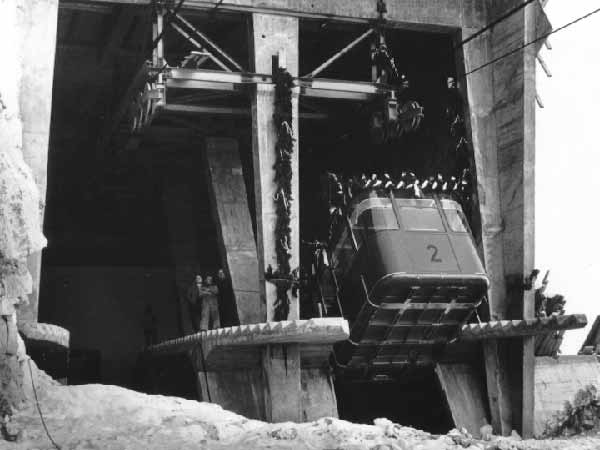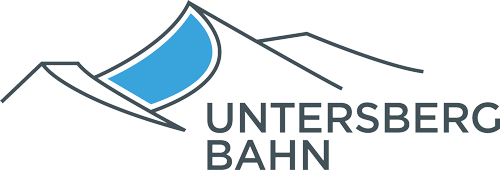
History since 1961
At the beginning of this century, there was already a plan to develop the Untersberg with a cable car originating from the city of Salzburg, running from the former harbor building at Rudolfsplatz to the Salzburger Hochthron, without any support structures.
However, these projects were never realized. They were technically immature and financially uncertain, leading to the dreams being shelved in the drawers of bureaucratic desks. Only after 1945, following the stabilization of Austria’s economic conditions, could the project be realized. In 1956, the “Untersberg Seilbahn Gesellschaft” (Untersberg Cable Car Company) was founded.
The original project envisioned the construction of a cable car from St. Leonhard to the Salzburger Hochthron. However, the delicate political relationship between Germany and Austria caused the project to fail: the cable car would have crossed Bavarian territory. Moreover, this company was unable to raise the necessary funds. Thus, the vision of constructing a cabin ropeway on the former route of the Alpenverein Material Cable Car Rositten-Zeppezauerhaus also failed.
After World War I, the idea of building a cable car along the mountain to the summit was born. However, Salzburg Mayor Alfred Bäck remained committed to the idea of developing this powerful, legendary mountain with a cable car. After the city council considered participation in 1957, the new “Untersbergbahn Ges.m.b.H.” was established on May 15, 1958. The city of Salzburg provided guarantees for ERP and bank loans, financing the construction of the cable car.
The construction site in the realm of chamois relied solely on human effort because all attempts to use modern technical aids of that time failed. The rugged, steep limestone cliff designated for the route’s construction seemed inaccessible. Additionally, the route was controversial and had to be coordinated with the owner of the mountain, resulting in the decision to start the ascent from St. Leonhard and end the ski descent in Fürstenbrunn.
The construction demanded great efforts. For instance, the location of support I could only be reached and marked by skilled climbers on ropes for surveying. Overnight stays were in tent camps and bivouac boxes. The physical demands were extremely high. On the other hand, the knowledge and skills of experienced professionals were required, who in turn had great difficulties with the mountain’s resistance. To complete the large project, the construction of three auxiliary railways was necessary. On February 16, 1959, the first auxiliary railway was created, leading from the Rositte guesthouse to the Zeppezauerhaus, Auxiliary railway II connected the Zeppezauerhaus with the Geiereckgipfel mountain station, and auxiliary railway III led from the Zeppezauerhaus over the Dopplerwand. It was called the “Ghost Train” because it never stopped, even at night, and flashlight signals were required due to its positioning next to the radio and telephone communication.
The construction site became a showcase project, but with incredible achievements came rising construction costs. The construction of the cable car totaled 34.5 million schillings, or about 3 million euros. Particularly, safety measures required higher investments than planned.
On February 18, 1961, the time had come. The first cable car gondola could be pulled up to the mountain station for a test run – still without passengers. Engineers and workers of the cable car often had to defy inhuman conditions during the construction period. However, they have earned the utmost respect from passengers to this day when the gondola floats between the steep cliffs towards the destination.
The start of operations, i.e., rides with guests, took place on April 27, 1961, and the ceremonial opening was held on May 14, 1961. Federal President Adolf Schärf, Governor Hans Lechner, Mayor Moser from Grödig, and Salzburg Mayor Alfred Bäck delivered enthusiastic opening speeches at the valley station before being carried by the gondola to the mountain station of Salzburg’s natural landmark in just a few minutes. Since then, the cable car has annually transported around 100,000 skiers, hikers, nature lovers, panorama enthusiasts, and athletes high above the Salzburg Basin.
